How to judge the acidity and alkalinity of soil before growing flowers
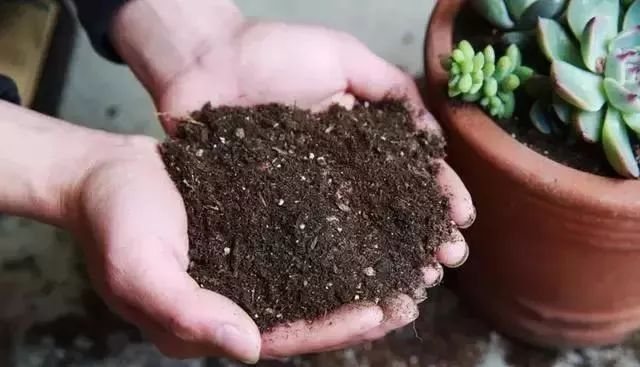
As the saying goes, "To grow flowers, you must first grow their roots, and to grow roots, you must first grow the soil." The quality of the soil directly determines whether flowers and plants can survive and thrive. The soil has acidity and alkalinity, and different varieties of flowers and plants have different requirements for soil acidity and alkalinity. Today, I will introduce several small methods to judge the acidity and alkalinity of the soil.
Soil requirements of different flowers
Each flower has its own suitable environment. Due to the differences in the native environment, the requirements for soil acidity and alkalinity are also different. The acidity and alkalinity of the soil can directly affect the absorption of nutrients by the plant roots. Generally speaking, ordinary plants cannot survive in soils that are too acidic or too alkaline.
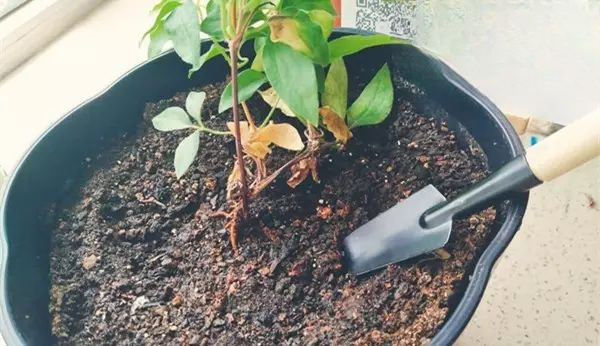
In terms of varieties, most flower varieties are suitable for neutral to acidic soil, some flowers are suitable for acidic soil, and a few flowers are suitable for alkaline soil.
Flower varieties that prefer slightly acidic soil
Generally, most flower varieties on the market are suitable for slightly acidic soil, such as: rose, cymbidium, begonia, amaryllis, primrose, chrysanthemum, Clivia, jasmine, Milan, five-needle pine, lily, gladiolus, palm family, white orchid, gloxinia, etc., various common green plants and flowers.
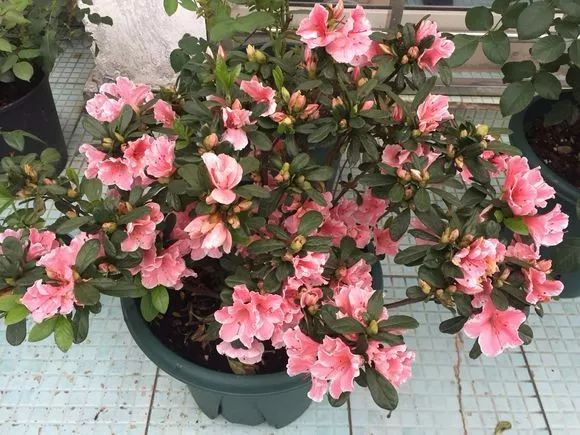
Flower varieties that prefer acidic soil
Some flower varieties prefer slightly acidic soil, such as: azalea, cyclamen, gardenia, Michelia, camellia, coleus, purple spiderwort, ferns, orchids, etc., most of which are varieties native to the south .
Flower species that prefer alkaline soil
A small number of flower varieties prefer alkaline soil, such as: dianthus, geranium, cactus, forsythia, boxwood, nandina domestica, sweet pea, plum, juniper, etc. , most of which are varieties native to the north.
How to determine soil acidity and alkalinity
When we dig soil for flowers, we can use 7 tips to identify the acidity and alkalinity of the soil:
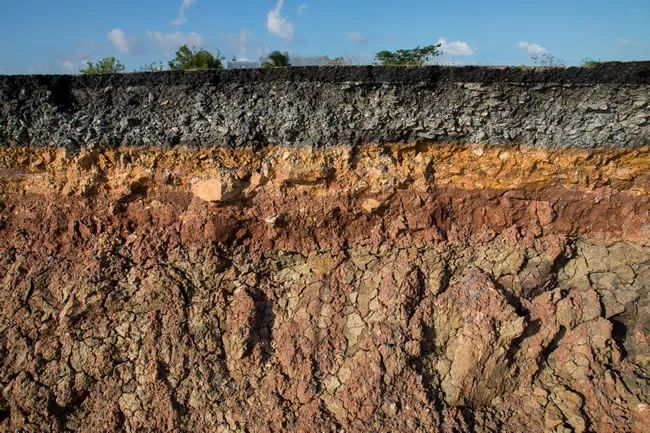
Understanding soil sources
We can roughly judge the acidity and alkalinity of the soil by understanding its source: generally, soils in the north are more alkaline, while soils in the south are more acidic; plateaus and mountains are mostly alkaline, while forest wetlands are mostly acidic; the more precious peat soils and peat soils are acidic soils.
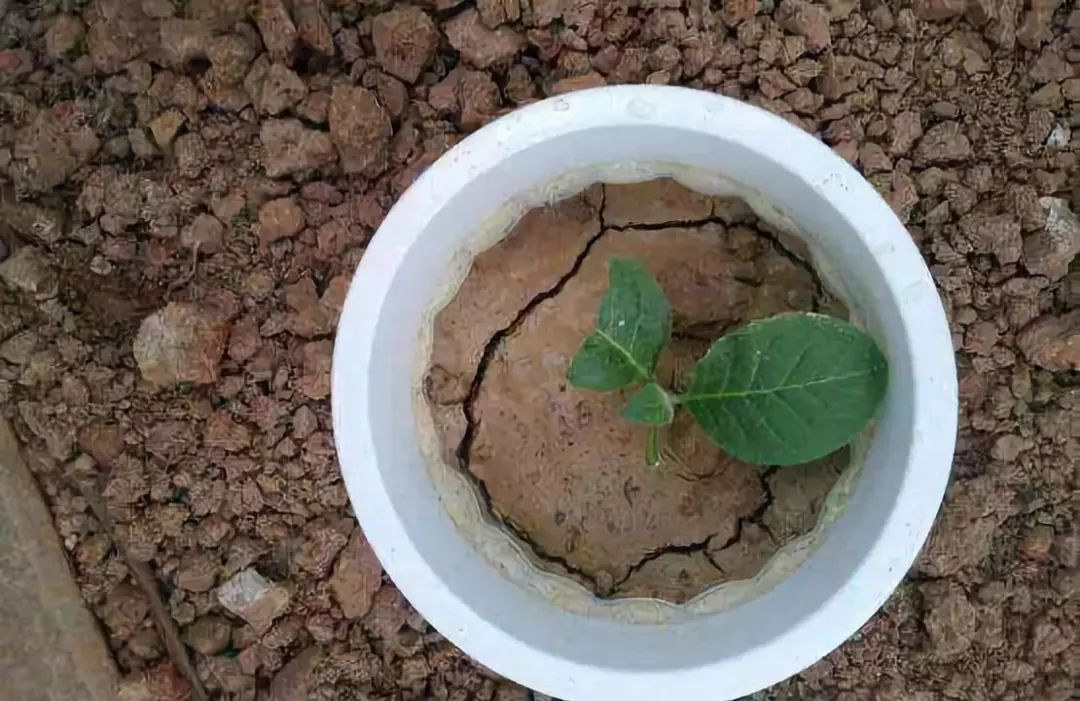
Look at the soil color
The acidity and alkalinity of the soil can also be determined by observing its color: acidic soils are mostly darker colors such as black, dark brown, brown-black, yellow-red, etc.; alkaline soils are mostly lighter colors such as grayish white, yellowish white, etc. White powdery substances often appear on the surface of saline-alkali land.
Look at the soil texture
The texture of the soil varies depending on its acidity and alkalinity: acidic soils are mostly granular and loose in texture; alkaline soils are mostly hard and easily compacted into lumps. Severely compacted soils can be observed with obvious cracks on the surface.
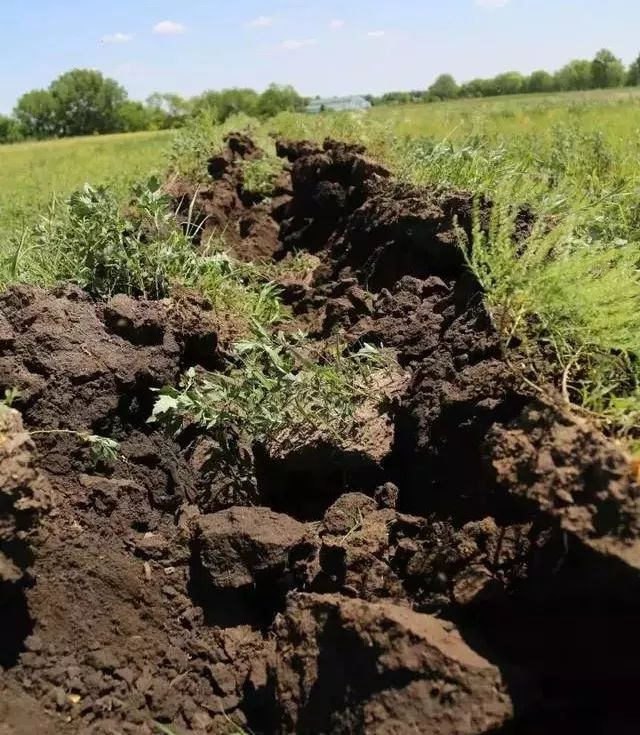
Look at the ground plants
Plants growing on the surface are also a "barometer" for observing the acidity and alkalinity of the soil: generally, the soil where wild rhododendrons, pine trees, and fir plants grow is mostly acidic (except for artificial planting); the soil where tamarisk, millet, sorghum and other plants grow is mostly alkaline.
Check the status after watering
Put the soil into the flowerpot, water it and observe: the acidic soil is loose, and water can flow out quickly from the bottom holes of the flowerpot after watering; white bubbles or white foam will appear when watering the alkaline soil, and the water will flow out of the bottom holes of the flowerpot very slowly.
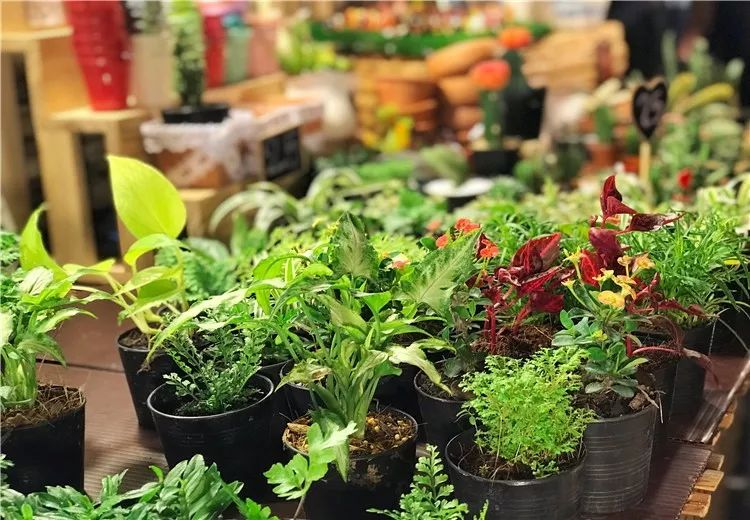
Feel the soil
Grab a handful of soil and hold it in your hand to feel it: if it feels soft and does not clump easily after you let go, it is mostly acidic soil; if it feels hard in your hand and easily clumps after you let go, it is mostly alkaline soil.
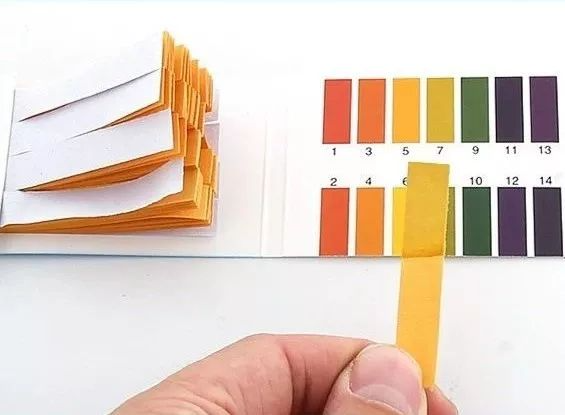
Test with pH test paper
Take some soil and soak it in pure water, then drop the solution on the pH test paper. Observe the color change and compare it with the color card. A pH value of 6.5-7.5 is acidic soil, and a pH value of 7.5-8.5 is alkaline soil; a pH value of 5.0-6.5 is acidic soil; a pH value less than 5.0 is strongly acidic soil, and a pH value greater than 8.5 is strongly alkaline soil. (Strong acid and strong alkaline soils are not suitable for growing ordinary flowers and plants)